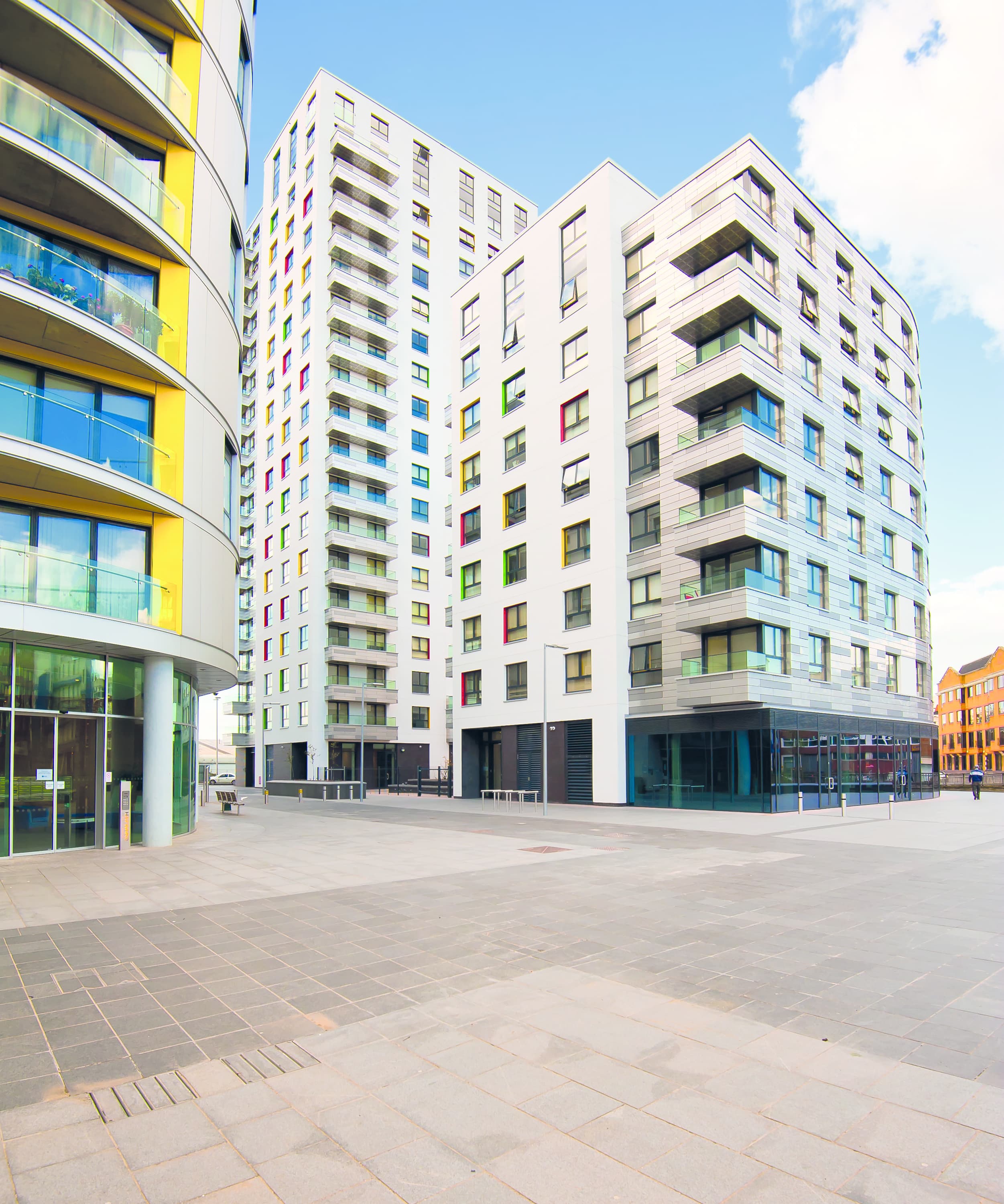Regeneration - a term often subject to widespread interpretation - has been described as a three-legged stool: needing to address the physical environment, local economy and, most importantly, the community around it.
Regeneration is far more than just commercial property development. It has a much broader agenda. Simply building retail space in the middle of a city centre does not constitute regeneration as this does little to improve the prosperity of the surrounding communities. Regeneration must conform to an acceptable commercial framework, certainly, but profit isn’t the only focus here. The social impact has a large part to play in any successful regeneration scheme.
A definition settled on in 2004 was that regeneration was the process of reversing economic, social and physical decay in towns and cities where market forces alone will not suffice. More recently, the notion of creating sustainable communities has risen in prominence – communities that will create value by, for example, addressing unemployment, improve educational facilities, reduce crime and improve housing and infrastructure.
This more holistic interpretation of regeneration has presented planners and designers with the dilemma of deciding what use classes are developed and in what proportion.
The History and Evolution of Regeneration Priorities
A policy paper called ‘Strong and prosperous communities: The local government White Paper’ as well as ‘The State of English Cities Report’ (Parkinson, 2006) highlights that, with the exception of London, English cities are not sufficiently competitive by international standards. Urban competitiveness is defined as:
“the ability of a city to generate relatively high income and employment levels, while being exposed to external competition”
Accordingly, a competitive city is one which can provide jobs. A city or town that can do this needs to offer the right balance of quality housing, well-thought-out infrastructure as well as modern office and retail space.
Mixed-use developments are driven by a confluence of social, economic and political pressures and incentives. One of the main focuses of any redevelopment project is to create a sense of “place”. Regeneration schemes in post-World War II era towns and cities placed a heavy focus on large, single-use buildings such as shopping centres and office blocks, but the focus has since shifted.

The underlying aim of most major regeneration schemes is to create a more integrated community rather than bolting on various use classes here and there. Mixed-use has been adopted as the new planning standard. There are numerous reasons for this. Occupiers are certainly demanding increasing levels of convenience but this trend is not just occupier driven. Developers have also become more aware of the various benefits that can come from diversifying use type.
So how do developers determine what weighting to allocate each use class in a mixed-use development?
Mixed-use regeneration schemes first appeared in the late 1950s and whilst they initially focused on commercial use, they gradually began to incorporate elements of residential. In the 1960s large volumes of residential (including affordable housing units) were developed to meet investor demand for buy-to-let opportunities. Even in 2003, research published by FPD Savills showed that mixed-use schemes in the UK were still predominantly residential (58%). But in more recent years mixed-use schemes have become increasingly retail-led as, from an institutional investment perspective, residential is considered complex, management intensive and is prohibitive to asset redevelopment. Now, we’re seeing retail elements being gradually reduced. The Construction Products Association (CPA) says that outlook for the retail sub-sector continues to be poor as the growth in e-commerce shifts demand for retail premises to industrial space for storage, logistics and distribution.
To read our full report on urban regeneration including a case study on our work at The Lexicon in Bracknell, click here.



